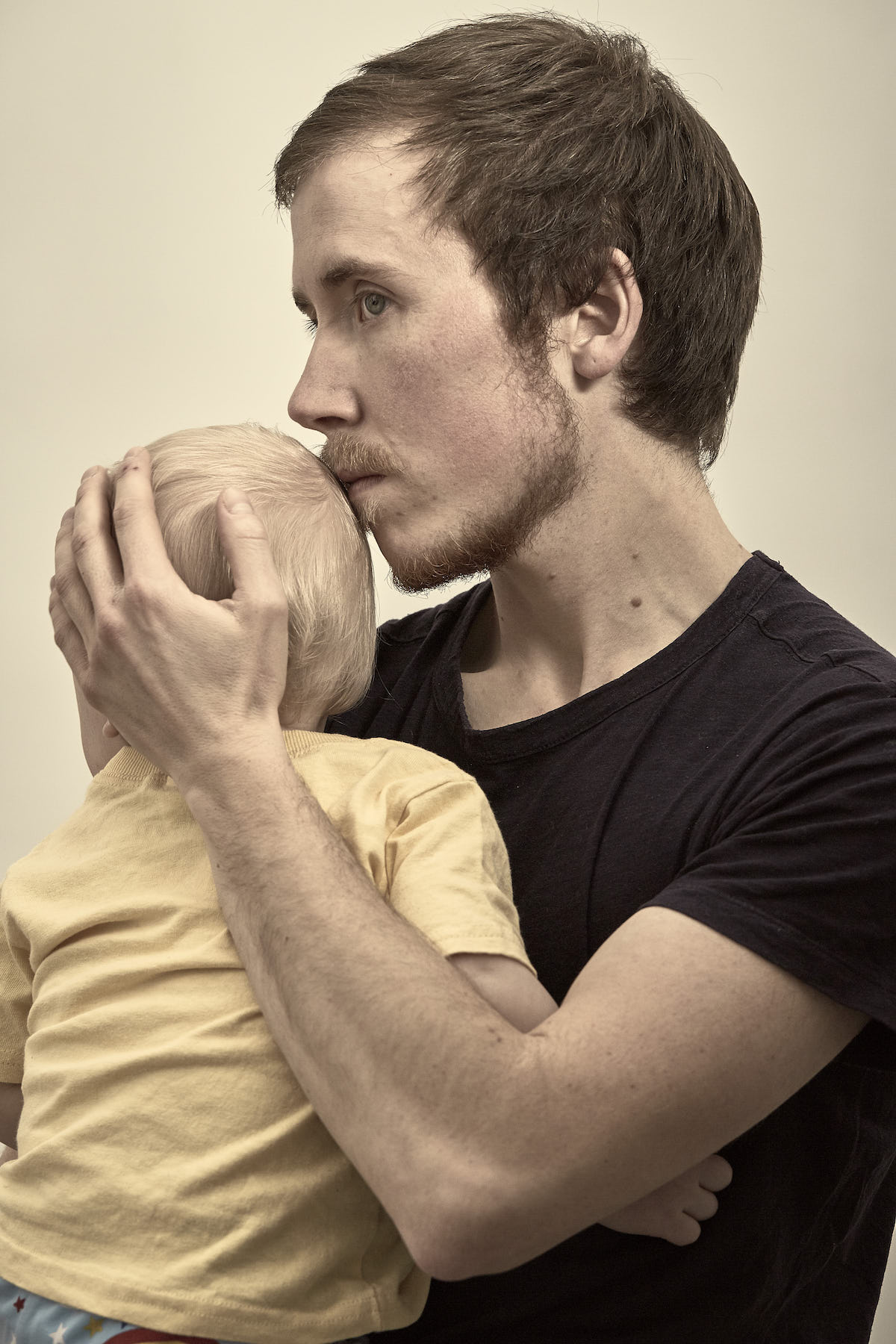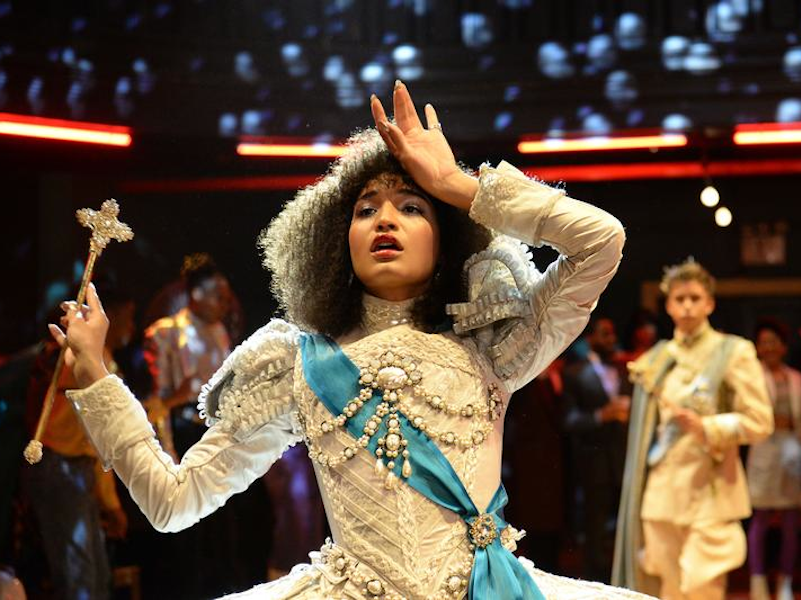
by Justin Lockwood | Jun 17, 2020 | Blog
“Stories hurt, stories heal.” Those words conveyed the message of last summer’s Scary Stories to Tell in the Dark, and they popped into my head when I was thinking about Sam Feder’s documentary Disclosure, which premieres on Netflix on Friday, June 19. ...

by Justin Lockwood | Jun 16, 2019 | Blog
In Jeanie Finlay’s sublime, affecting documentary Seahorse, trans man Freddy McConnell embarks on a profound personal journey when he decides to become pregnant. Freddy deals with all of the physical challenges of pregnancy plus the added stressors of gender...

by Justin Lockwood | Jun 21, 2018 | Blog
The largest ever cast of trans actors on a scripted series assembles for something both entertaining and resonant. The Pose screening held at New York City’s Lesbian, Gay, Bisexual and Transgender Community Center hosted a wonderfully eclectic crowd....




